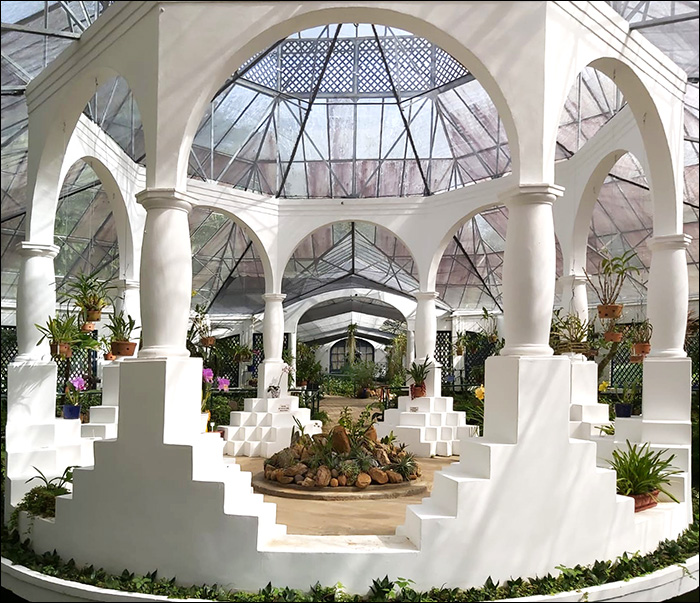
The Rio de Janeiro Botanical Garden has a significant botanical collection of Brazilian orchids, as well as foreign species from different origins and hybrids.
Visiting the Botanical Garden Orchid Garden is almost mandatory for most visitors.
As part of a scientific institution, the Orquidário has as its main objective the cultivation of orchids that form its scientific collection, collected in nature by researchers from the Botanical Garden of Rio de Janeiro and students from the National School of Tropical Botany (ENBT/JBRJ), to study purposes.
The Orquidário is made up of several spaces: the glass greenhouse, external areas (which will be open to public visitation soon) and cultivation sites with restricted access to the public and open to researchers: two closed greenhouses, a quarantine greenhouse and the slatted .
History of the glass greenhouse
In 1908, two greenhouses were built. One of them was for the newly formed collection of orchids. The other, built following the English model in wood and with an octagonal shape, was intended for the hall plants.
In 1930, it was rebuilt in iron and glass, keeping the original format, today destined for visitation and the cultivation of orchids.
Due to the characteristics of its metallic structure and glass cover, frequent renovations are necessary for recovery and painting.
Initially due to the pandemic and later due to the renovation works of the metallic structure, with restoration of the roof and painting, the glass greenhouse was closed to public visitation for two years, but now, duly restored and revamped, it is already available to the public who finds a multifunctional space there. |
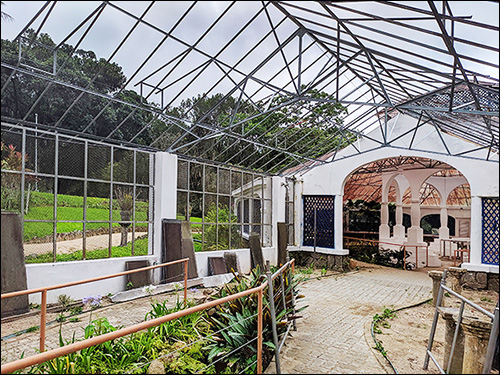 |
In it, flowering plants can also be found that are grown in other places and are there temporarily while the flower does not wither.
Currently, about 630 individuals (between flowering and cultivated) can be appreciated in this environment.
In this space, the public has a sample of how orchids occur in nature.
There are more than 150 different species and hybrids of Brazilian and foreign orchids that are cultivated there.
There are specific sites that explore the characteristics and curiosities of these plants.
In the “garden of the senses”, visitors will be able to touch the plants to feel the different textures of flowers and leaves. In it, three senses can be explored.
The view is stimulated by the most beautiful flowers or those that call attention for their unusual appearance, resembling insects such as moths, in addition to others that do not resemble traditional orchids.
By touch, one can perceive the different textures of the leaves.
The sense of smell is stimulated by pleasant or even unpleasant aromas, such as those of the Oncidium Sharry Baby species, known as chocolate orchid because of the aroma it gives off.
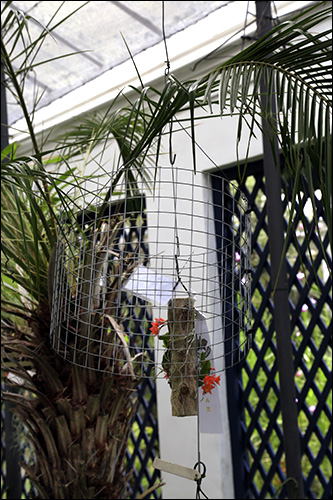 |
|
The landscaping of the greenhouse is presented in “suspended gardens”, and the organization of the plants is planned to promote successive flowering, allowing the public to enjoy the diversity of flowers, colors and odors throughout the year. |
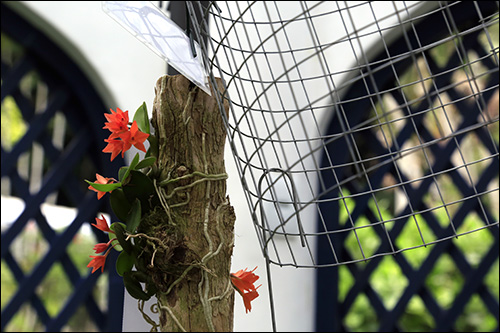 |
Not all of them will be in bloom at the same time, as each one has its season, but throughout the year the different blooms will follow one another, as in nature.
In the micro-orchid sector, a magnifying glass is available so that the delicacy of the tiny flowers, whose size varies from 2 millimeters to 1 centimeter, can be admired. |
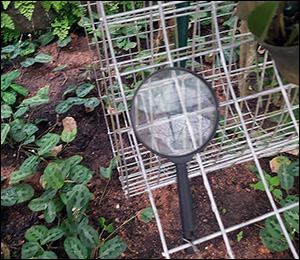 |
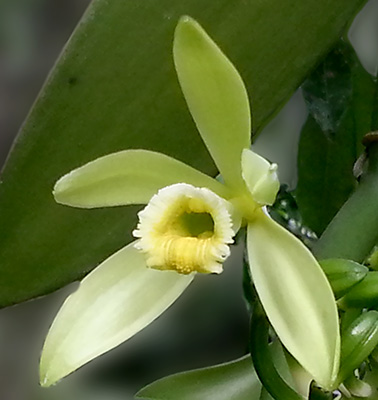 |
In this same place, the visitor has the opportunity to get to know Vanilla, the orchid that has the greatest use in cooking, as it produces the vanilla that gives flavor to pudding, ice cream, cakes and other sweets. |
The Botanical Garden's Orchid Collection is made up of native plants, exotic plants and hybrids and its main focus is orchids that have scientific value.
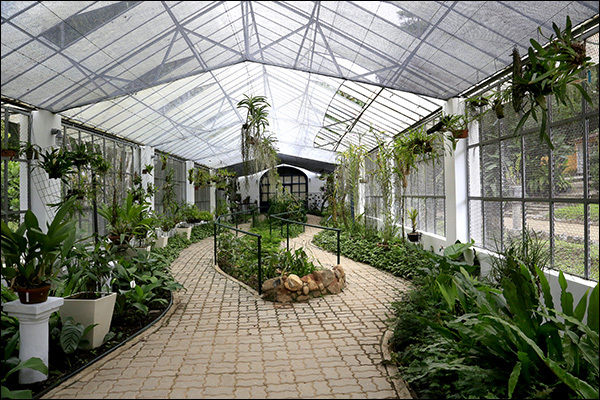
Photos: Sergio Araujo, Delfina de Araujo and JBRJ collection (old orchid nursery)
|
![]()